There is a thing of wonder that exists in the burbs of Kyoto, the Japanese Holy Land that has been home to wonders for more than 1100 years. It is a large hillock to the southeast of Kyoto Eki: a mountain shrine that has become more shrine than mountain. They call it Inari, and it is home to one of the rarest species of tree in Japan:
The Torii.
Yes, it is at Inari that Torii gates are grown for Shinto shrines all over Japan. A close inspection of the vermillion gates in your town may lead you to believe that they are, in fact, built and not grown, but a visit to Inari would show you otherwise. For the Torii grow thick like a wood across the surface of the mount, snaking rows of them running from base to summit. So dense and well-ensconced are they that one can no longer determine whether the trails up the mountain came first, as planting paths for the Torii, or whether the Torii were always here, and the paths were laid out as dictated by the spaces between their twin trunks.
From sproutling to sapling to shrine gate, you can watch the life cycle of the Torii at Inari. Where mature gates have been harvested and transplanted to their shrines elsewhere in Japan, the fertile soil at their stumps already seeds their tiny successors.
In wooded glens just off the beaten trails, Torii saplings sit stacked, waiting to be moved to the secret nurseries on the mountain’s back side.
In a few, rare places among the growing, living Torii, there are also Torii of stone that cross the paths. They are far older than the vermillion forest at Inari, and their mysteries are deeper still. They could well have been the first Torii: their histories stretching back to a time immemorial, when Gods descended on mountain tops and rock was as alive as wood.
The Torii Wood at Inari will not last forever, though. It is a creature of myth like the dodo or the dragon or the Douglas fir. It requires faith to exist, and as the mountain shrine becomes more tourist trap than sacred site, the Toriis are beset by the first signs of disease, of rot.
It becomes harder and harder to grow new Toriis here, and every year more shrines across Japan resort to steel or timber facsimiles of the living shrine gates as their orders to Inari go unfilled.

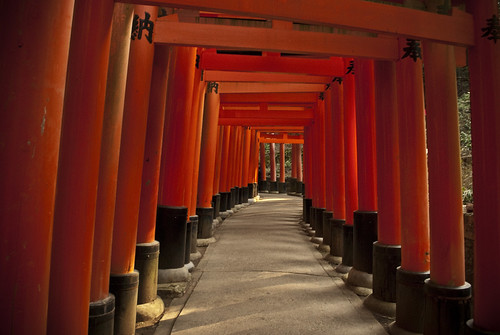
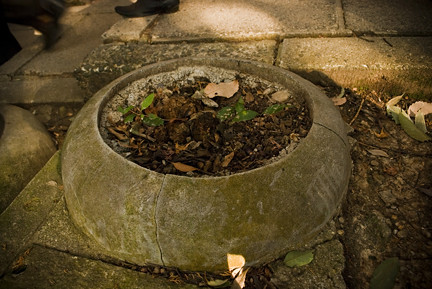
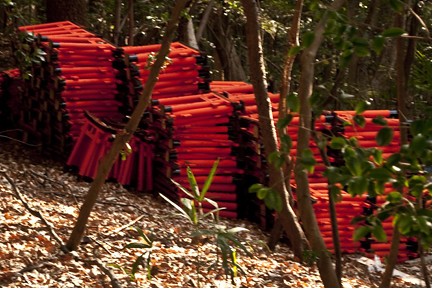
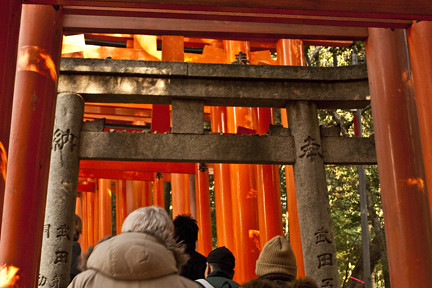
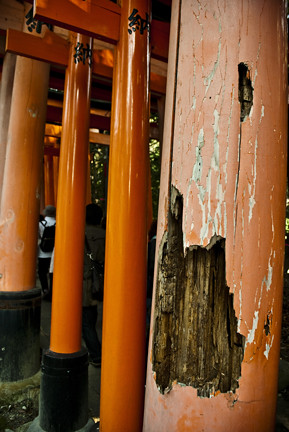
O Torii tree, down your path how white the blossoms lay!
ReplyDeleteO Torii mine, I saw you shine upon a summer's day,
Your gates so bright, your space so light, your air so cool and soft:
Upon your head how golden-red the lintels borne aloft!
O Torii dead, your path is shadowed and gray,
Your wood is split, your color has quit for ever and a day.
O Toriifarnë, Lassemista, Carnimírië!
man i love your pictures...they are turning out fantabulous!!! it also might be the layout and how your present your pieces with the writing...
ReplyDeletephotojourno perhaps?